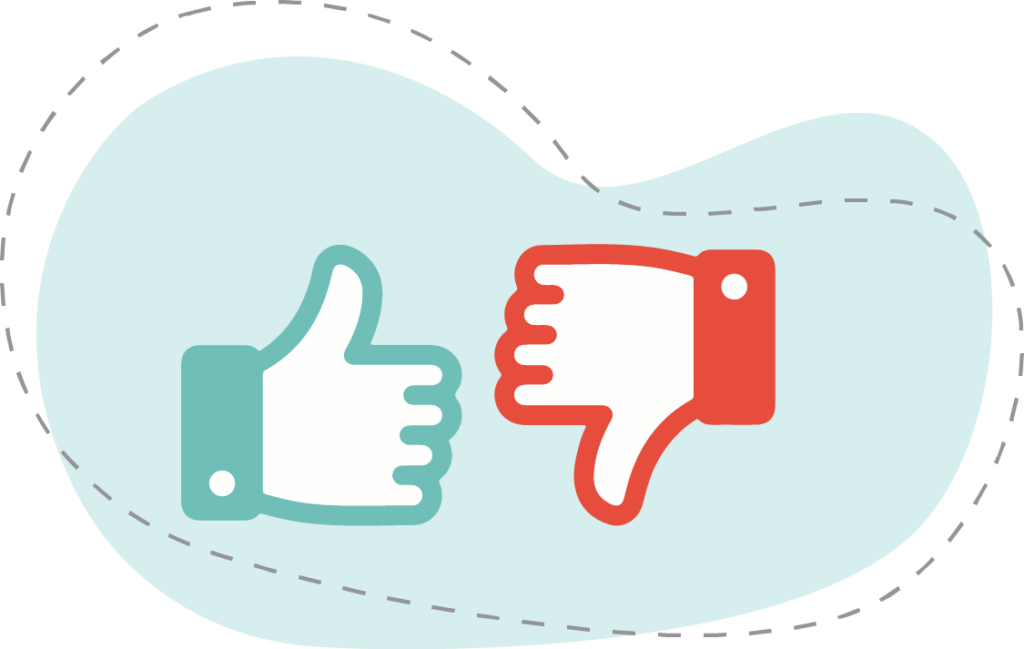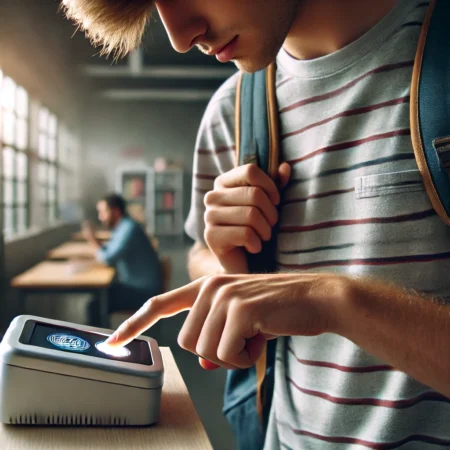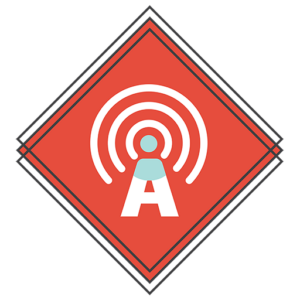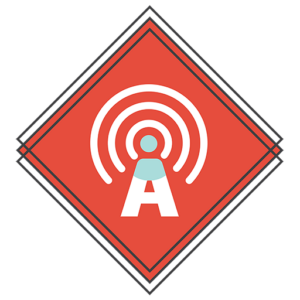
Updated: 7 November, 2024
Checking attendance can be a boring, time-consuming and often unreliable procedure that creates an unnecessary administrative burden for professors. While checking attendance is sometimes also done at companies to see which employees are in the office, this blog post focuses on how to check attendance in university and school. In this context, attending classes has been shown to be of incredible importance, with absence affecting academic performance, social life and having other consequences as well. This blog post presents the different methods to check attendance in class, going over their advantages and disadvantages and finally, discussing the best possible solution for checking attendance.
Table of Contents
ToggleKey takeaways
- Attendance checking in universities and schools is crucial for monitoring academic performance and ensuring student safety. Attendance records can also help gauge student engagement and improve teaching practices.
- There are various methods to track attendance, from traditional roll-calls and sign-in sheets to advanced technologies like fingerprint scanners, QR codes, facial recognition, and geofencing. Each method comes with its own pros and cons regarding reliability, efficiency, and cost.
- Common challenges with traditional methods include time consumption and the potential for students to falsify their attendance. Technological methods, while more efficient, may raise concerns around data privacy and costs.
- Attendance Radar is a free mobile and web solution that simplifies attendance tracking through Bluetooth signals, manual ticks, and six-digit codes. It combines ease of use with speed, reliability, and low cost, making it an ideal tool for teachers.
- Our expertise in privacy-focused solutions and involvement in higher education, is well-positioned to solve attendance tracking issues. Attendance Radar leverages our technical know-how and commitment to privacy by design.

What does checking student attendance involve?
Checking attendance is the practice of taking notice of which students are attending classes, usually registering this in a system of the university/school to provide a record of which students have attended.
Who checks attendance?
Depending on whether attendance is being taken in school or university, the person checking attendance will vary. In schools attendance is often taken in the first period of class by the teacher of this class or, in some cases, the student’s tutor is the one in charge of checking attendance. In university, attendance is often taken mostly in smaller classes by a teaching assistant or professor although sometimes university professors also track attendance in their lectures.
Why do universities and schools check attendance?
There are several reasons why schools and universities choose to track attendance. In universities, sometimes there are minimum attendance requirements, and tracking attendance helps enforce them. If students attend less than this requirement for a course, they can face severe consequences, such as failing the course. Other policies may be less strict, with attendance affecting part of the student’s grade, but again, tracking attendance is necessary to enforce this.
Schools also track attendance for safety reasons. In emergencies, the attendance record can be consulted to ensure no one is left behind, and missing persons can be located quickly. Here, accurate attendance checking is crucial.
Both schools and universities are becoming less autocratic over time, imposing fewer mandatory attendance policies. Developmental psychologists, building on theories like self-determination theory, heutagogy, and transformational learning, aim to foster intrinsic motivation, increasing student responsibility while decreasing institutional control. However, does this mean that these institutions should stop tracking attendance? Absolutely not. Universities and schools still have a role in coaching students to the highest standards, which requires adequate measurement to improve outcomes.
For example, attendance can serve as a measure of class engagement, with higher attendance suggesting that students are enjoying class. Measuring student engagement is essential for teachers to reflect on and improve their work, making attendance tracking a valuable tool even if attendance isn’t mandatory.
Interested in learning more? Read about whether attendance should be mandatory in college and discover the best student engagement strategies.

How to check attendance: the different methods to do so
There is a whole variety of different ways to check attendance, some are more old-school while others are more technological.
- Roll-call attendance: This involves tracking attendance by calling out the students’ names to see if they are present.
- Signing a list/asking students to write down their names: This involves passing around a sheet of paper/an attendance list. Students can then mark themselves as present by either signing or writing down their name.
- QR codes scanned by students: This involves the teacher displaying a QR code which students scan to mark themselves present.
- Assigning seats to students: Consists on the teacher assigning a seat to every student at the beginning of the course. The teacher then checks whether a seat is empty or not to record the attendance.
- Fingerprint scanners: This involves students scanning their fingerprints in a fingerprint scanner as they enter the classroom. The scanner’s system then automatically registers the students’ attendance.
- Badge cards: This involves students scanning their student or badge card on a scanner to mark themselves present.
- Facial recognition: This involves the students showing their face to a facial recognition system to mark themselves present.
- Geofencing: Geofencing solutions track attendance by setting a geographical boundary. The system then tracks when a student’s device, like their phone, enters this area to mark their attendance.
- Bluetooth: Using a mobile device, trainers can emit a Bluetooth signal which students receive on their own devices to mark their attendance.

What are the advantages and disadvantages of the different attendance checking methods?
Roll call attendance
The main advantage of this is that it is easy and cheap to do. Yet, it is unreliable as teachers can miss a student's name during the roll-call and mark them absent. Additionally, if the teacher doesn't pay attention a student could call out when a friend's name is being called to mark their attendance. Lastly, it is very time consuming in larger classrooms.
Signing a list/asking students to write down their names in a paper
Once again, this is quite easy to do and the teacher can quickly register the attendance into the system. Nevertheless, this method also suffers from reliability issues as students can sign for or write down the name of a friend of theirs that is not attending the class or the teacher may misplace the attendance list. In addition, while the method may not appear time consuming, the time it takes for a student writing down their name is time they are not paying attention to class, across all students, this method is more time consuming that it appears.
QR codes scanned by students
This method of taking attendance is fast as the teacher displays the QR code and the students mark their attendance themselves. Nevertheless, big reliability issues can arise as students can take a picture of the QR code and send it to their friends that are not attending the class. QR codes that refresh after a period of time (e.g. every 30 seconds) reduce the reliability issues but students can still exploit this if they are fast.
Assigning seats to students
This student attendance tracking method is more reliable than the ones mentioned above as students cannot mark attendance for a friend given that they cannot be in two seats at the same time. Nevertheless, this method is still more time consuming as the teacher needs to check which seats are occupied and which are not, which might be hard if the classroom is big. Moreover, this method may also force students to sit somewhere they do not like through the entire duration of the course, which might make the experience unpleasant for them.

Fingerprint scanners
This method is more reliable as students cannot easily scan the fingerprint of a friend to mark their attendance. Moreover, it can be quite efficient if students can quickly scan their fingerprints at the end or the beginning of class leading to less wasted time, unless the scanner is slow. However, this method is quite costly as it requires hardware installations and the maintenance of a database with every students’ fingerprints., which can definitely raise data privacy concerns.
Facial recognition
Main advantage is the efficiency of this method as it can quickly register students’ attendance similar to the two previous methods mentioned before. It can also be quite reliable as students are likely not able to register attendance for a friend. Nevertheless, poor facial recognition would allow students to show a photo of their friend’s face to give them attendance. Moreover, the required database with the faces of all students can create privacy issues, especially with underaged students. As well, the required hardware installation, development and maintenance student’s faces database can make it costly.
Badge cards
Main advantage is that this method is efficient as students can quickly scan their badges to mark themselves present. Nevertheless, it can be unreliable as one student can scan the badge of another student. As well, the required hardware installation and needing to distribute badges to all students makes this method costly.
Geofencing
Geofencing is a fast and generally reliable solution. It allows for a seamless tracking of attendance as students go in or out of a geographical area. Nevertheless, it does come with its drawbacks. Firstly, location data is sometimes inaccurate making it hard to accurately track student attendance, especially in small classes. Moreover, it is easy to spoof your location on a mobile phone or laptop, making this method easy to cheat.
Bluetooth
Emitting a Bluetooth signal which students receive on their mobile phone is a very fast, easy and reliable method. In addition it remains significantly more cheat-proof than other methods, including even geofencing solutions. This is because the Bluetooth signal only covers a set physical range and it cannot be easily spoofed. In addition, it can also be combined with geofencing to make it completely cheat-proof. This can be setup using a mobile app that runs on all smartphones, making the solution very accessible and cheap compared to other solutions which require hardware installations. Are you interested in a solution like this? Then make sure to read below.
What is the best way to check attendance? Attendance Radar
Attendance Radar is a free mobile app and web solution designed to help teachers check, store and analyse student attendance in an easy, fast and reliable way. To mark attendance, Attendance Radar uses a secure low-energy Bluetooth signal using the mobile app, which students scan for using their own apps to mark their attendance. In addition, attendances can also be marked manually with tick boxes or using a randomly generated six-digit code, both in the app or in the web.
Teachers can setup courses with sessions before class or even at beginning of class and students. Moreover, teachers can subscribe students before class using an Excel import or students can subscribe themselves during the class using the scan. Additionally, teachers can then export attendance records onto Excel, for easy storage, sharing and analysis.
Please refer to our FAQ page if you are interested in Attendance Radar and learning how it works.
Why is attendance tracking something for Codific to solve?
At Codific we are deeply involved in higher education. Our flagship product, Videolab, is synonymous with medical communication training in the Benelux. In addition, three of our team members have directly worked in higher education, bringing valuable insights about the problems that exist, like attendance tracking. Therefore, considering our ties, expertise and technical capabilities in regards to providing solutions to higher education institutions, a solution for student attendance tracking is directly up in Codific’s avenue.
In addition, we are a world leader in privacy by design architecture, we build a wide range of Med-Tech, Ed-Tech and AppSec solutions where privacy is of paramount importance. Due to sensitive nature of student data our privacy by design expertise is highly valuable.
Conclusion
In thig blog post we have analysed all the known methods to check attendance. Overall, all methods present their strengths and their drawbacks and a tradeoff seems to exist between speed, cost and reliability. The ideal solution for checking is one that balances these three perfectly and in addition, is easy to use. What is this ideal solution? Attendance Radar of course. Download it now for free!
Author
-

Nicolas Montauban
Nicolas is the Product Manager of the Attendance Radar app at Codific. He is a certified Product Owner, an expert in digitalization and has a thorough understanding of the EdTech industry. Nicolas has an MSc in Business Information Management from the Rotterdam School of Management and a BSc in Economics and Business Economics from the Erasmus School of Economics. Additionally, he has worked 2 years as a Teaching Assistant at Erasmus University, giving him an inside look into the higher education industry. This experience has been extremely valuable for him, strongly aiding him in his role as Product Manager, as he developed a thorough understanding of how it is to teach and take attendance in university classes.
View all posts









